Explainer: Aban 13, the day Iranian nation declared fight against 'global arrogance'
By Press TV Website Staff
Reaffirming their commitment to the 1979 Islamic Revolution and the fight against Western hegemony represented by the United States and its allies, Iranians again took to the streets on Sunday across the country to mark the ‘The Day of Fighting Global Arrogance.’
The biggest rallies were held in the capital Tehran and major cities such as Mashhad, Kerman, Isfahan, Qom and Hamadan with participants holding banners and chanting anti-US and anti-Israel slogans.
November 3, or Aban 13 in the Iranian calendar year, marks three important events in contemporary Iranian history: the exile of the late founder of the Islamic Republic Imam Khomeini, the student protest movement of 1978, and the takeover of the former US embassy in Tehran in 1979.
Leader of the Islamic Revolution Ayatollah Seyyed Ali Khamenei, speaking to a gathering of students on Saturday, said the Iranian nation is firm in its determination to confront global arrogance and the criminal apparatus that dominates today’s world order.
Referring to the US embassy takeover in 1979, he said it was not merely a site for diplomatic and intelligence activity, but the headquarters of hatching plots to undermine the Islamic Revolution.
“For the Iranian nation, inspired by Islamic teachings, standing up against oppression is a duty. Confronting arrogance is a duty. Arrogance means comprehensive economic, military, and cultural domination and the humiliation of nations,” Ayatollah Khamenei noted.
“The continuation of the Iranian nation’s path in confronting arrogance requires knowledge, thought, technology, and a roadmap," he added.
Leader of the Islamic Revolution said the American interference in Iran was extensive, referring to the CIA-orchestrated coup that overthrew the democratically elected government of Dr. Mohammad Mosaddeq.
People across Iran mark 13th of Aban on Iranian calendar as National Day of Struggle against Global Arrogance.
— Press TV 🔻 (@PressTV) November 3, 2024
Follow us on Telegram: https://t.co/B3zXG73Jym pic.twitter.com/YB1h9tmEo3
Exile of Imam Khomeini
In early 1963, Imam Khomeini issued a strongly-worded declaration condemning the then West-backed Iranian dictator's plans to introduce the “White Revolution” in the country, a US-inspired package of measures designed to give his unpopular regime a false progressive facade.
The architect of the Islamic Revolution also issued a detailed manifesto in which he listed various ways in which the Pahlavi ruler was seen fanning moral corruption in the country.
At the beginning of June of that year, he delivered powerful speeches in which he compared the Shah to Yazid ibn Muawiyah, which resulted in the Khordad 15 mass protests across Iran.
These protests were brutally suppressed, with hundreds of protesters killed. Imam Khomeini was kept under house arrest for 8 months and was eventually released in 1964.
At the beginning of November 1964, the charismatic leader of the Islamic Revolution made a denunciation of both the Shah and the US, this time in response to the diplomatic immunity granted to US military staff in Iran by the Shah, which he described as a capitulation.
As a result, he was arrested again and sent into exile on November 4, first to Turkey, from where he went to Najaf in Iraq in 1965, and finally to Neauphle le Château in France in 1978.
Imam Khomeini spent over 14 years in exile, a significant period during which he put forward the revolutionary political concept of "Guardianship of the Islamic Jurist" (Velayat-e faqih) that laid the foundation for the Islamic Republic in 1979 after a long struggle.
From exile, he led popular mass protests across Iran that ultimately resulted in the overthrow of the West-backed Pahlavi dictatorship and his triumphant return in February 1979.
Student protests
Another important event associated with Aban 13 was recorded on November 4, 1978, when thousands of Iranian students gathered inside the campus of the University of Tehran to protest against the Pahlavi dictatorship and its high-handed practices.
The regime forces responded brutally and indiscriminately with tear gas, batons, and bullets, killing at least 56 young students and injuring hundreds of others.
“The attitude of the Americans toward this important day and its congenial and unifying gatherings is that of anger and frustration because this day is both the embodiment of the United States’ evils and the embodiment and proof of America’s vulnerability and the possibility of its defeat,” Ayatollah Khamenei said in his speech on November 4, 2022.
Aban 13th, 1358 (on the Iranian calendar) is the National Day of Fight against Global Arrogance. It marks the takeover of the US embassy in Tehran—famously referred to as the "Den of Espionage,"—in opposition to Washington's dominance and interventions in Iran. pic.twitter.com/Z1vINAMOqn
— Press TV 🔻 (@PressTV) November 3, 2024
US embassy takeover
The most important and historic event associated with Aban 13 is the takeover of the American embassy in Tehran, also known as the ‘Den of Espionage,’ which is why the day is also known as the ‘National Day of the Fight against Global Arrogance.’
In November 1979, around 400 university students, who later came to be known as the ‘Muslim Student Followers of the Imam's Line,’ climbed over the walls of the US embassy in central Tehran and seized the building, diplomatic staff and their sensitive intelligence documents.
Ayatollah Khamenei, in his speech last year, said the takeover of the den of espionage in Tehran “dealt a blow to the US and ruined its reputation in the world.”
He said the documents obtained from the American embassy made it clear that it had become a center of conspiracy and espionage against Iran.
The takeover of the embassy came after Americans allowed the deposed Iranian dictator, who had run away with millions of dollars of money from the state exchequer, to enter the United States
The protesters, supported by most of the political groups in Iran, demanded the return of Mohammad Reza Pahlavi to stand trial for his many crimes.
They also demanded an apology from the US government for its interference in the internal affairs of Iran, including the illegal overthrow of Prime Minister Mohammad Mosaddegh in 1953.
In 1953, the British and American spy agencies helped Iranian royalists depose Mosaddegh in a military coup, making the Iranian nation a hostage of US-backed Pahlavi's dictatorship for 26 years.
American leaders were initially opposed to negotiations with Tehran to have their diplomats and spies released, showing their arrogance.
They resorted to economic and military threats against Iran, including Jimmy Carter's approval of Operation Eagle Claw, which failed miserably and damaged US prestige worldwide.
The American embassy staffers were finally released on January 20, 1981, after lengthy negotiations.
It came after the Iraqi Baathist regime of Saddam Hussein, backed by the US and other Western had launched an aggression against Iran that lasted eight years.
VIDEO | Reera: Technology behind the drive
Qatar says Israel pushing Gaza ceasefire toward collapse
US approves record $11.1 billion arms package for Taiwan
VIDEO | Press TV's news headlines
VIDEO | Iran hosts 1st Imam Khomeini World Award in Tehran
Hezbollah warns patience running out as Israeli violations continue
US House votes down measures to limit Trump’s Venezuela aggression
Jeffrey Epstein, the African connection


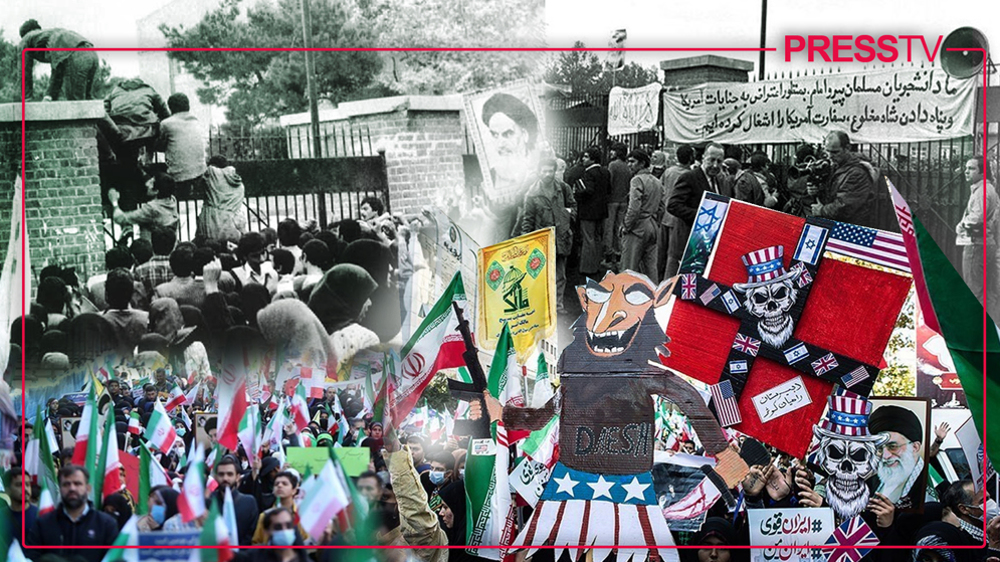
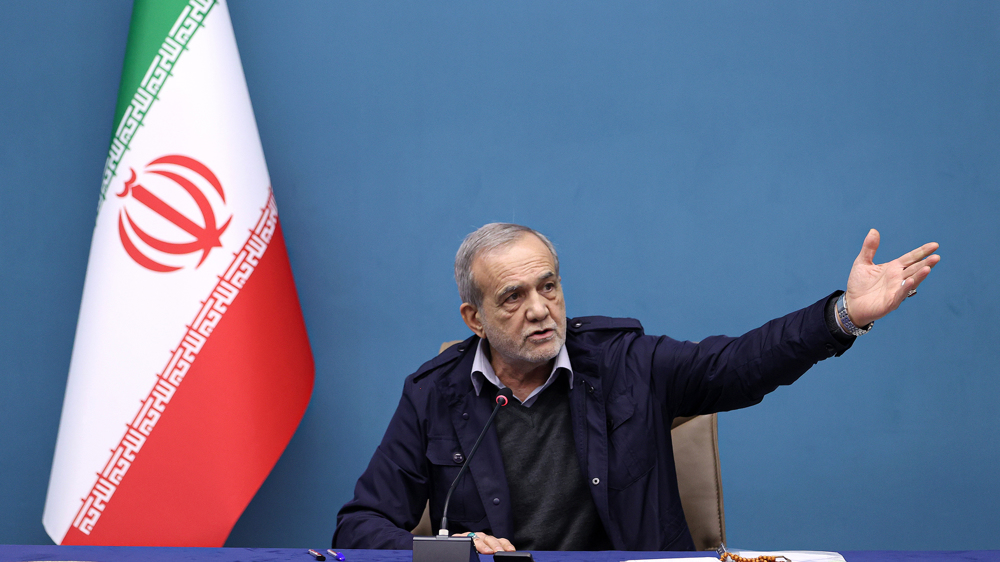






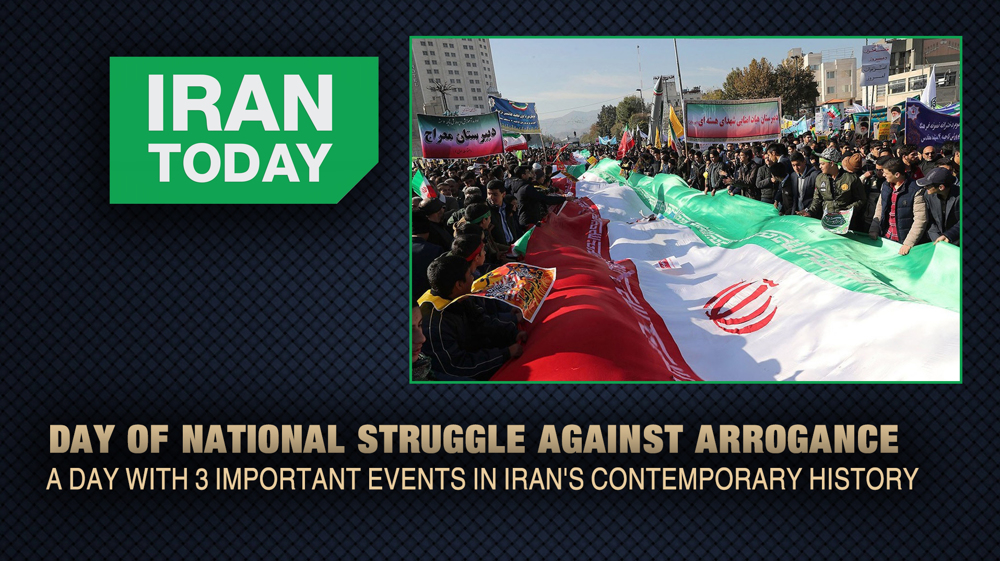

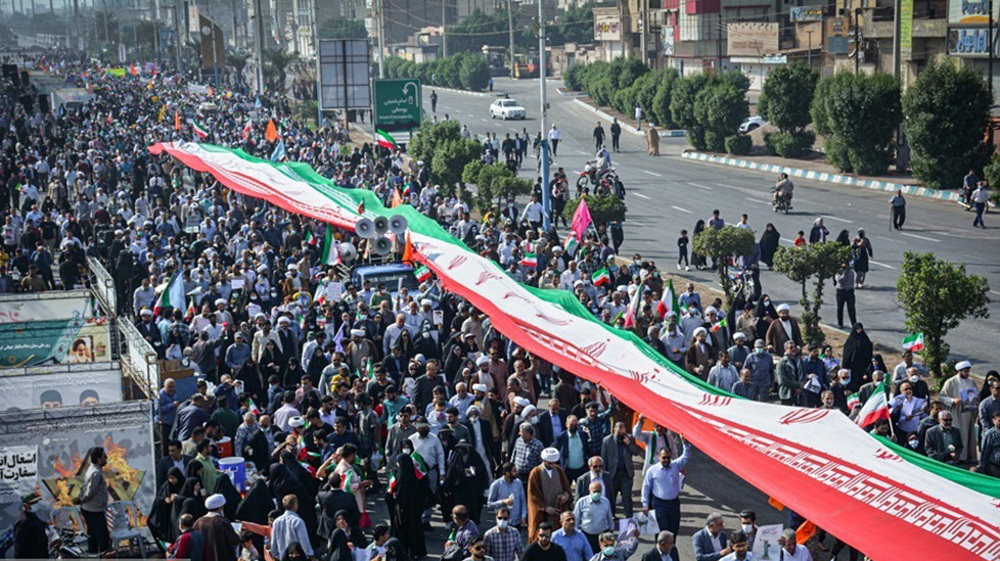
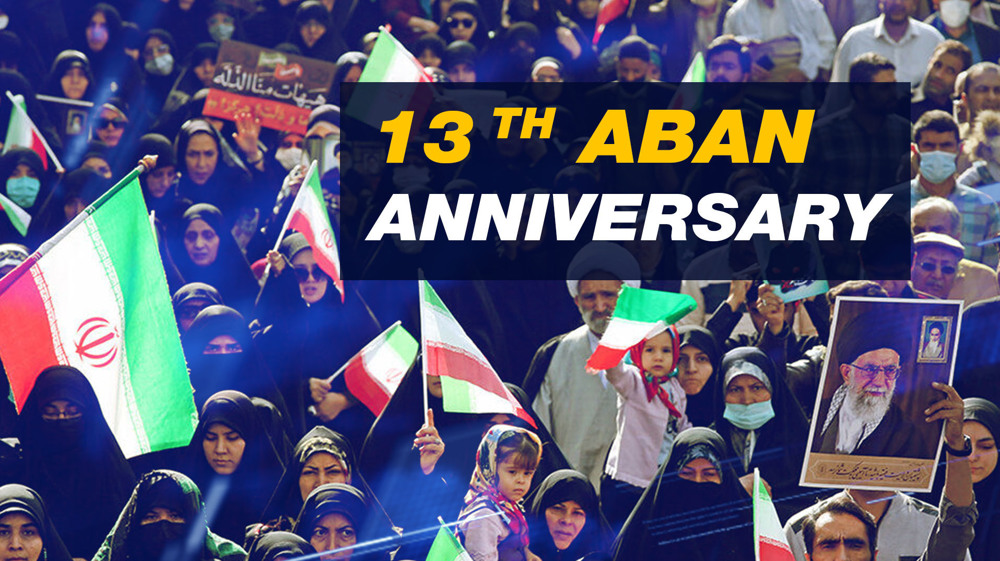

 This makes it easy to access the Press TV website
This makes it easy to access the Press TV website